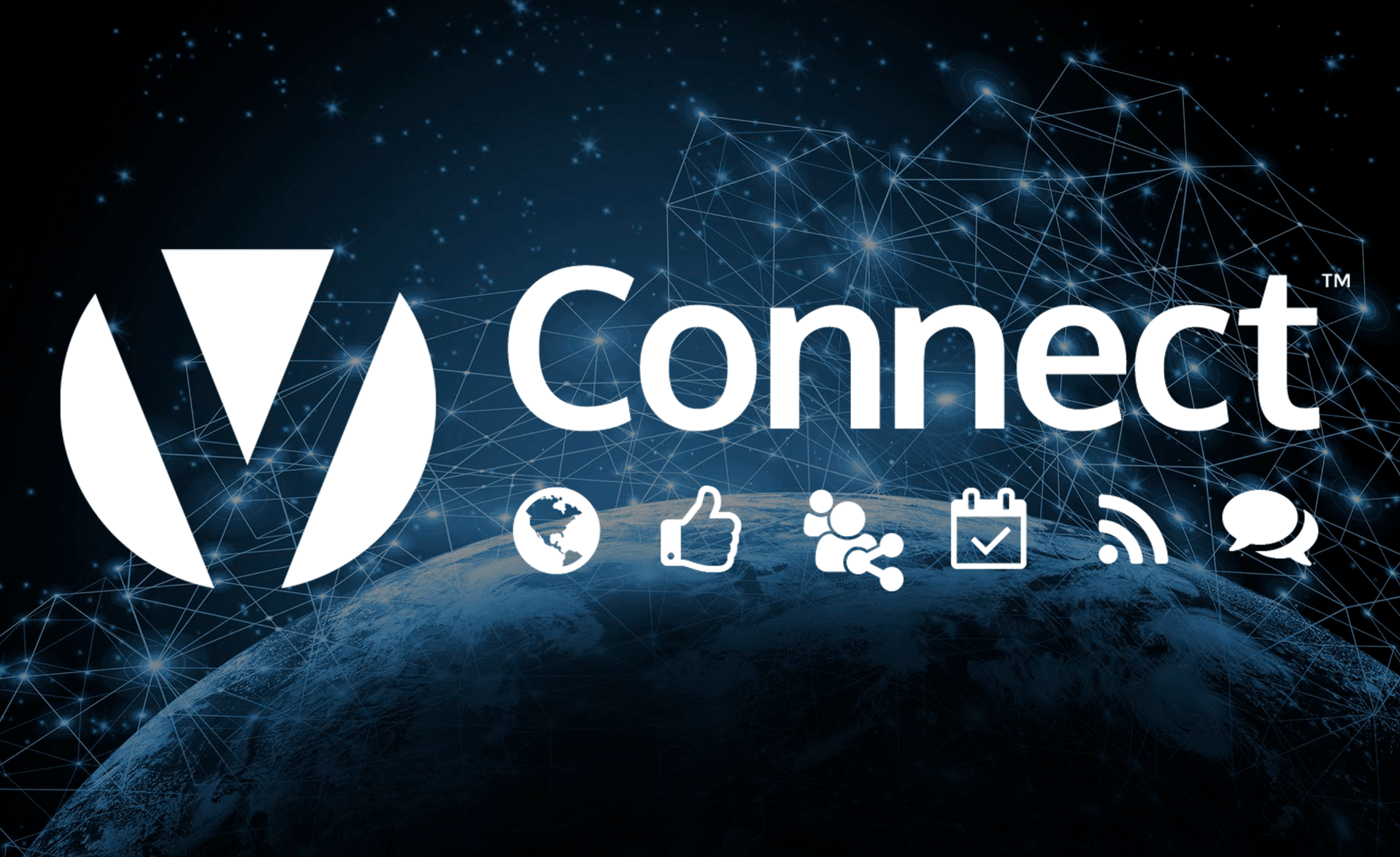
President & CEO at VenU (www.Ven-U.com)
With the latest technologies emerging in the eLearning industry, such as Learning Record Stores (LRSs), Experience API (xAPI), Content Management Systems (CMSs) with learning capabilities (LCMSs) and endless integrations (APIs and web services) there has been much talk about the waning need for Learning Management Systems (LMSs). The Association for Talent Development released a research report earlier this year: Is the LMS Dead? Learning Management Technology in Today’s Organizations. The report, surveyed 388 talent development professionals and found that 83 percent of organizations currently use an LMS. Additionally, a majority of respondents (73 percent) said their LMS use has increased in the past two years.
However, many CMS and LRS companies are now advocating for less structured content, served up quickly and on demand. This all sounds great – content one click away with reporting made available to learning leaders on every click the learner makes. Yet, distributed learning, the ability collect data on anything, and to instantly pass data around, begs the question – why are we collecting all this superfluous data and trying to make sense it – e.g. BIG data? Certainly, an aggregate of data can be very powerful when trends and issues start to emerge. However, data has to be meaningful, in a way that it can create actionable items; rather than just collecting it to fill up some infinite auto-scaling cloud storage. And with data privacy atop the corporate priority list… any user data collected has to be properly managed, stored, expertly purge-able and secured. Data retention is also a daunting task when you are collecting as much data as possible. LRSs have techniques and processes to mitigate some of this never-ending data expanse, but storing unnecessary data for a decade and paying for it is not a strong ROI argument.
It is important to note the operative word in Learning Management Systems — “Management.” The LMS serves as a hub that that collects and distributes data to and from a remote sources and collects user data from local activities. It manages eLearning courses, classroom training and distance learning schedules. It manages and provisions users and groups. It manages and assigns access to courses and content. An advanced LMS possesses learning and content development tools, activity modules to create exams and surveys, communication and messaging tools, and a powerful reporting engine all integrated into its core. Built-in APIs are used to integrate with third-party applications to add value and further capabilities to the LMS. The aformentioned ATD report also found that respondents rely on many core capabilities their LMS offers. The top capability, identified by about three-quarters of respondents (76 percent) was to deliver eLearning. A majority of respondents also reported using their LMS to manage enrollments (71 percent) or track learner activities (66 percent).
So what is an eLearning ecosystem without an LMS? Simply a lot of disparate technology generating a bunch of data that is filling up some ever expanding database.
Addressing these types of challenges can be daunting, but we’re here to help. We’ve done it for over 16 years for the largest enterprises in the world. The extensive suite of features and functionalities that exist within the platform today are derived from real-world requirements driven by our clients. We’re proud to present a world class learning solution that continues to evolve with the cutting edge of technology and is practical in its application.
Not a VenU™ client, but want to learn more? Contact us today at 800.596.8544.
